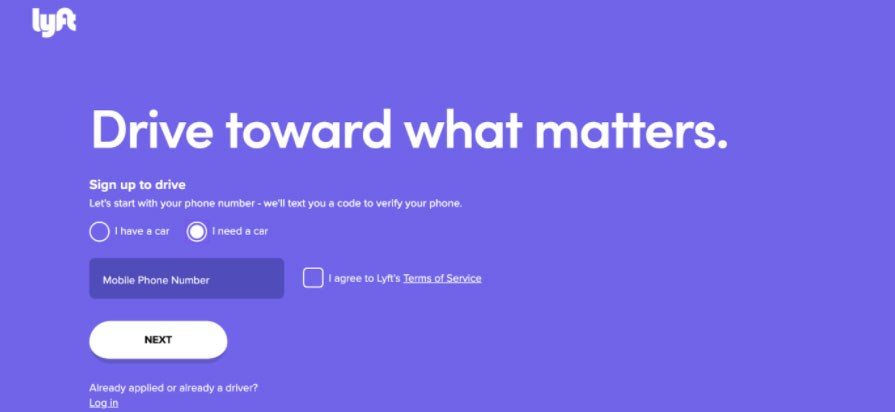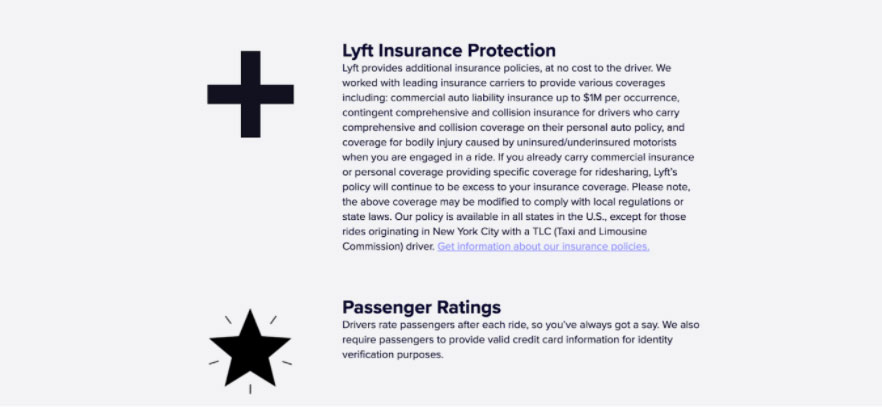7 Keys To Successful In-House Lead Generation

A few decades ago, lead generation was primarily focused on prospects far down the sales funnel. Meaning, this strategy was mainly applicable to those who demonstrated that they are eager to buy your product right away.
Today, the entire landscape of marketing has changed dramatically. With the rise of digital platforms, it is possible to know when a consumer is even remotely interested in the services you offer. And the process of lead generation starts much before the marketing campaigns do.
When working with an in-house lead generation team, it can be challenging to ensure a smooth and successful lead generation strategy. What you need is a clear execution path that will take care of the different aspects of generating leads, marketing, and sales.
These effective practices can help to bring your in-house lead generation strategy on track for better conversion rates.
1. Know What Your Clients Want to Hear
The number one rule of successful in-house lead generation is to know who your ideal client is. This will help you tailor your approach to fit precisely what they are hoping to hear from a business.
This can be done only by developing your ‘ideal customer profile.’ This will require you to do extensive research on your targets. A good place to start would be by profiling your current customers.
You can use your lead generation services to survey your existing clients to know more about their background, shopping goals, the process of choosing a product, and why they opted for you.
Once you know everything about your target prospects, you will be able to mold your in-house lead generation strategy to best suit their preferences.
2. Try the Digital Door Knocker Method
When working with in-house lead generation, one of the best ways to make your efforts is by following the digital door knocker method. As you can imagine, this is the digital counterpart of the age-old sales pitch approach.
Let us take a look at what this would mean:
- Your profile – Take a look at your company’s social media profile and check the first impression.
- Offer Item of Value – In the real world, when you knock on a door, you always have a product or a flyer. In digital platforms, you can think in terms of an infographic, image, post, or link to promotions.
- Your Script – When initiating contact, you want to make sure that you have got an elevator pitch. Fortunately, instead of memorizing a script, you can merely copy-paste it into the messengers.
- Collect information – If your efforts gained you a new follower or subscriber, you have already generated leads.
- Follow Up – Most importantly, once you get your hands on the contact info, make sure that you use it well. You will need to engage and interact to remind your leads that they are valuable for your company.
The food knocker method is best used on social media profiles. Your in-house lead generation team might have a dedicated social media manager who can refine the process further.
3. Look Past In-House Lead Generation
While your in-house lead generation team might be running things smoothly, sometimes you might need to utilize help from third-party vendors.
Hiring a lead generation outsourcing team or agency is a way to make sure that you receive only quality leads. This way, you will not have to spend time meeting prospects that have not expressed a clear interest in your service or product.
Additionally, such outsource lead generation agencies work with multiple channels to buy leads. This might not be the case with your in-house team, especially if you do not have sufficient resources.
The key is to blend your outsourced team with your in-house lead generation to make sure they can work well together to maximize the benefits.
4. Work on your Post-Click Landing Page
When you send out a message to your leads, you should make sure that you are offering them a compelling reason to subscribe to your page. This is where your post-click landing page has a big role to play.
These are standalone pages that are designed exclusively for your leads. Most successful post-click landing pages will have the following elements:
- An attractive, benefit-oriented headline
- Engaging media
- Skimmable text
- Social Proof
- An easy form to fill up
Take a look at how Lyft has designed its landing page.
As soon as you land on the page, you see a simple, clear form to sign up.
As you scroll down, the platform explains in simple terms what the service is about and what makes it unique.
The page clearly sheds light on the company’s value proposition such as the Lyft insurance protection and how it allows drivers to have a say by rating the passengers.
Lastly, the page ends with an FAQ section that will answer every query and concern of yours.
Overall, the page is simple, interesting but succeeds in providing value to the consumer.
5. Test your Campaigns
For 85% of marketers, lead generation is their most crucial goal of all. As such, it is crucial that you test your strategy before driving traffic your way.
You will have to verify that both the front-end and back-end aspects of your campaign are working smoothly. Make sure that all your links are working across the different platforms. If all the landing pages and links appear to be working fine, start interacting with the page.
You might want to abandon the carts, open the link from different devices, check CTA buttons and ensure that everything is working.
When done, check the back end of your campaign. Make sure that the tags are working and that your leads are being sorted correctly to facilitate effective follow-up.
6. Analyze and Optimize
Even the most experienced in-house lead generation team does not get everything right at the first attempt. This is why you will need to incorporate analytics tools into your system. There are several free and paid options that can help you with it, such as:
- Google Analytics – Free software for a complete analytics
- Buzzsumo – Best for social media analysis
- SEMRush – Complete analytical tool for multiple channels
- MixPanel – Tracks conversions and boosts customer retention rate
- Heap Analytics – Track activities of website visitors
After all, the only way to know if your campaign is working is to monitor its performance. Whether you are using an in-house team or outsourcing lead generation, it is crucial that you analyze your efforts and optimize the strategy accordingly.
7. Be Ready for Trial and Error
Over the years, the approaches and methods used for lead generation have changed. What might work for one company might not be the best way for another. Therefore, you have to be open to trying different techniques.
Ultimately, any company that is looking to get more qualified leads should be willing to try out different possibilities to discover what works best for them.
Most importantly, if a lead turns out to be not worth your time, do not be afraid to pull the plug. You cannot build a client relationship with a foundation. If the leads you are collecting aren’t right for you, then you will have to make a strong decision not to continue.
Author Bio
Jilian Woods is a content specialist with over five years of experience in the B2B marketing space. She also uses her business background to contribute to online publications and academic platforms as an essay writer on advanced topics. Her goal is to write pieces that the audience will actually find interesting to read.



